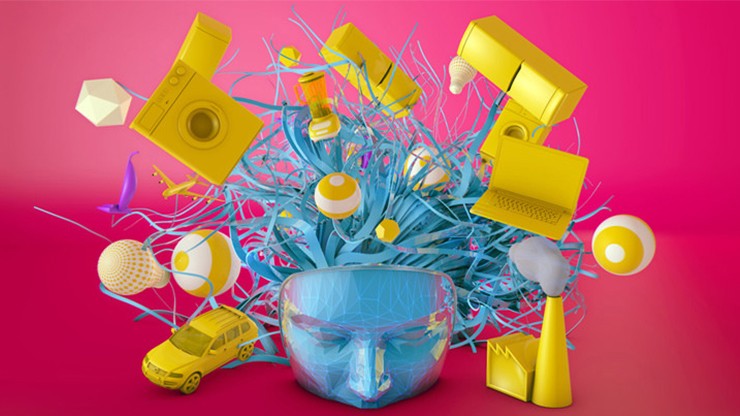
Backdrop: Difference between IoT and IoE — Difference on grounds of coverage and who coined the term. IOT, IOE, M2M etc.
It is important to know that, although both the terms describe similar concepts, there is a huge difference between the “Internet of Things” and “Internet of Everything”.
The term “Internet of Things” was introduced or coined by British entrepreneur Kevin Ashton in 1999. It primarily aimed at describing connectivity among physical objects. However, the term is largely overlapped and even puzzled with the term Internet of Everything (IoE). One must be familiar that, IoE is measured as a superset of IoT, whereas Machine-to-Machine (M2M) communication is seen as a subset of IoT. Let us work to take a closer look at the differences between IoT and IoE, and how they have impacted consumers as well as businesses in a similar manner.
The concept of Internet of Everything developed as a natural improvement of the IoT movement and is primarily associated with Cisco’s tactics to start a new marketing domain. One must know that, the IoE covers the wider concept of connectivity from a viewpoint of current connectivity technology use-cases. Also, the IoE includes four key elements:
People: Measured as end-nodes linked across the internet for sharing information and activities. Some examples include- social networks as well as health and fitness sensors.
Things: Actuators, physical sensors, devices and other items creating data or receiving information from various other sources. For example: smart thermostats and gadgets.
Data: It covers raw data analyzed as well as processed into useful information for facilitating intelligent decisions and control mechanisms. For example: temperature logs changed into a standard number of high-temperature hours per day for the evaluating room cooling requirements.
Processes: It means leveraging connectivity among data, people and things to add value. For example: the use of smart fitness devices as well as social networks for advertising significant healthcare offerings to potential customers.
One must know that, devices, machines and computers were already connected when Kevin Ashton coined the term of Internet of Things. This concept gained popularity for its capability to connect the unconnected – physical-first objects formerly unable of generating, transmitting and receiving data unless amplified or manipulated. Implanting sensors, control systems, as well as processors into these objects facilitates horizontal communication through a multi-node, open network comprising of physical-first objects. According to statistics, during 2015 to 2020 the revenue from all segments of the IoT technology stack is expected to acquire a least a 20% Compound Annual Growth Rate (CAGR).
The term is also unclearly used to describe connected digital-first devices like wearable gadgets which may be classified as Internet of Digital. The definition and application of IoT will continue to progress as new connected technologies are brought to the scenario with the replacement of physical-first objects with smart connected devices as well as use-cases to compose all new “Internet-of-X” classifications. Some of the prime examples of IoT include smart meters, connected cars and smart cities.